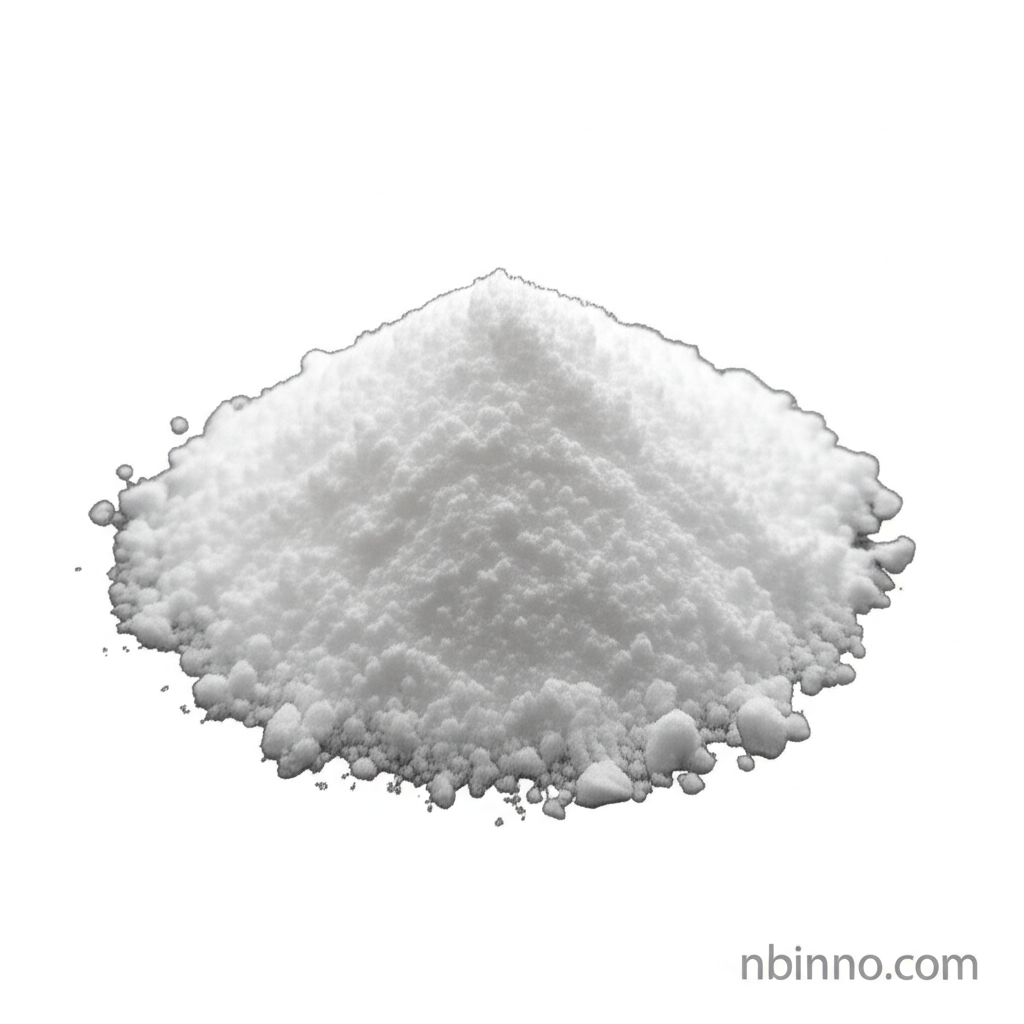Potassium Oxalate: Properties, Applications, and Safety in Industrial and Chemical Uses
Discover the essential properties, diverse applications, and crucial safety guidelines for Dipotassium Oxalate.
Get a Quote & SampleProduct Core Value

Potassium Oxalate
Potassium Oxalate, identified by CAS 583-52-8, is a vital chemical compound with a range of industrial and laboratory applications. Its unique properties make it indispensable in analytical chemistry and specialized cleaning processes.
- Leverage Potassium Oxalate for precise analytical chemistry applications, ensuring accurate scientific measurements and reliable experimental outcomes.
- Explore the industrial uses of dipotassium oxalate, from its effectiveness as a cleaning agent to its role in bleaching processes.
- Understand the chemical properties of Potassium Oxalate, including its solubility and crystalline form, crucial for optimizing its use.
- Ensure safe handling of Potassium Oxalate by adhering to strict safety precautions and understanding its hazard profile.
Advantages Offered by Potassium Oxalate
Versatile Applications
Potassium Oxalate serves as a key reagent in analytical chemistry, offering a reliable source of oxalic acid for various titrations and qualitative tests. Its application extends to photography as a developer and in textile industries for stain removal and bleaching.
Chemical Purity
Available in different grades, the buy potassium oxalate 583-52-8 options ensure high purity for sensitive analytical procedures, contributing to the accuracy of research and quality control in manufacturing.
Cost-Effectiveness
Sourcing from reliable potassium oxalate suppliers China can provide a cost-effective solution for bulk industrial needs, balancing quality with budgetary considerations.
Key Applications
Analytical Chemistry
As a primary standard, Potassium Oxalate is crucial for standardizing potassium permanganate solutions, a fundamental technique in quantitative analysis.
Photography
Historically significant, Potassium Oxalate was used as a developing agent in early photographic processes, particularly for platinum prints.
Industrial Cleaning & Bleaching
Its chelating properties and ability to form insoluble precipitates make it effective in cleaning and bleaching applications, such as removing rust stains and whitening straw.
Textile Industry
The compound is utilized for removing stains from textiles and as a bleaching agent, enhancing fabric quality and appearance.
